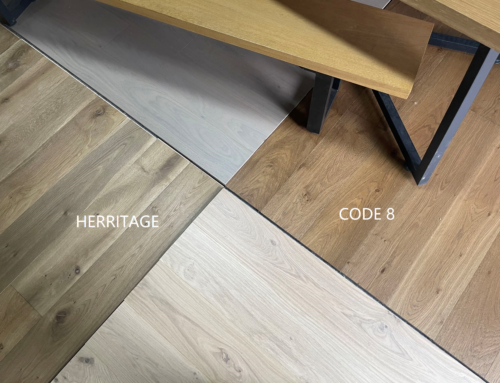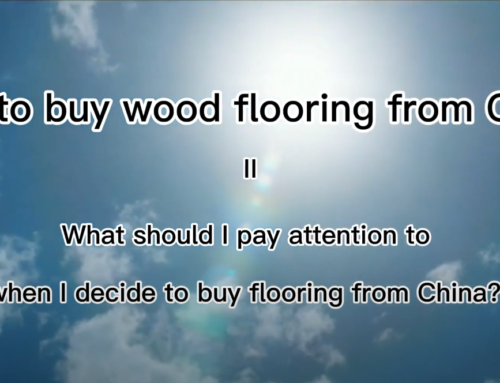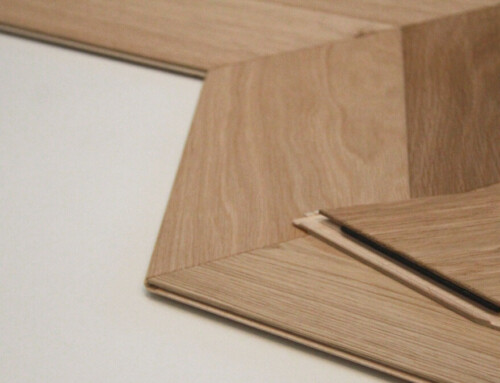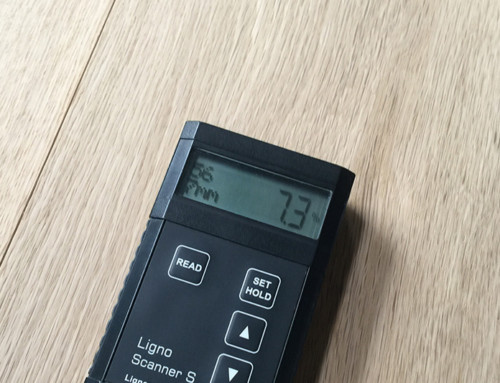One of the biggest allures of engineered wood flooring is its resistance to damage from water and moisture, something that absolutely destroys the lifespan of a solid hardwood floor. Many homeowners can install engineered wood flooring in moisture rich spots like their kitchens, basements, or even bathrooms with sound peace of mind that it will not buckle or separate under most conditions. Therefore when an engineered wood floor does starts bowing, it can be a harrowing experience especially after a manufacturer gave their word that this exact thing would not happen. It’s important to look at the causes of engineered wood floors bowing to determine where the responsibility lies.
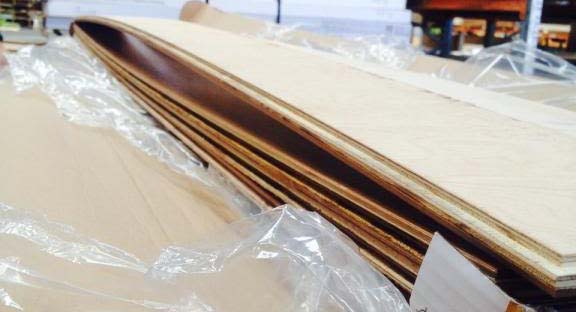
Flooring Hasn’t Acclimated
Engineered wood flooring can be stored a number of ways from in a heated sales floor to a moist warehouse to a cold delivery truck. Any and all of these storage conditions affect the equilibrium of the planks where they are either gaining or losing moisture. If the flooring goes straight from storage right to installation in your home, they are going to bow and buckle as they expand and contract to the conditions inside your home.
Instead what is recommended on every type of wood flooring installation is to first let the boards acclimate to the temperature and humidity of the room where they are being installed. Acclimation involves leaving the wood flooring in the packaging that it was delivered in and letting it adjust to the room conditions for up to 5 days or more. The conditions inside your home should be 60° to 80° F with a relative humidity of 30-50%. This will give the engineered wood flooring boards a moisture content of 6-9% which is optimal conditions. Moisture content meter readings should be documented by the installer to check if the flooring is bowing because it was installed without acclimating.
Lack of Expansion Gaps Around Edges / Floor “Locked In”
Even when boards are allowed time to acclimate before installing, they will still expand and contract based on changes in the humidity as seasons and HVAC use change. There is an easy solve to prevent planks from bowing as the environment changes, which is leaving expansion gaps around the edges so that the flooring has room to expand into. When the size of the floor swells to bigger than the size of the room, the exterior walls aren’t going to give way – the middle of the flooring is going to bow.
Another thing that can happen even with expansion gaps is the floors getting ‘locked in’ somewhere. This has happened with anything from a speaker wire preventing the expansion and contraction of the planks or a heavy piece of furniture keeping the floor in place. A floor only has to move about 3/8” as the humidity changes but when that is restricted problems can occur.
No Vapor Barrier Installed / Subfloor High in Moisture Content
Although engineered wood flooring is more dimensionally stable than traditional hardwood, it’s important to remember that it still isn’t tile. Even with engineered pieces the installation is still only as reliable as the subfloor underneath, especially on concrete slabs. Even if a slab feels dry, it should be given at least 30-60 days to curate before installing any type of engineered flooring on top.
The concrete should achieve anywhere between a 35-50% relative humidity (depending on manufacturer guidelines) which should be tested and documented before the install. In addition an overlapped vapor barrier or some sort of floor underlayment should also be installed to create a buffer between the wood and the concrete. Despite it’s thickness, moisture seeps through the concrete and needs to avoid exposure to the wood flooring or buckling and bowing will occur.
Excessive Moisture Exposure Somewhere
When an engineered wood floor is installed over a concrete slap it’s understood that some moisture will be present so proper steps are taken to avoid damage. There are other areas of the home where moisture comes unexpected and can cause the floor to swell and buckle. This usually results from some sort of accident or leak, typically like a pipe that is exposing the floor to water on a regular basis in a bathroom or kitchen. There are other potential problem areas though, most commonly such as areas around a fireplace or flooring near a window that could be allowing water in during storms.
Flooring Not Installed
Another thing to note is that sometimes flooring is bowed or cupped slightly when taken out of the packaging. While this may seem like a manufacturing defect, many times the floor is designed to work as an entire system with other planks and thus will lie straight once snapped together with corresponding pieces. Installers may sometimes need to glue or weigh down the outside strips but otherwise the bowing should alleviate itself once installed.
Sometimes the floor bowing problem caused by manufacturing defects and there is always that chance. Some flooring factory do not working on proper test on moisture/temperature control before gluing and pressing.
The bowing flooring will have problem when doing lacquer coating finish, T&G profile and Installation.
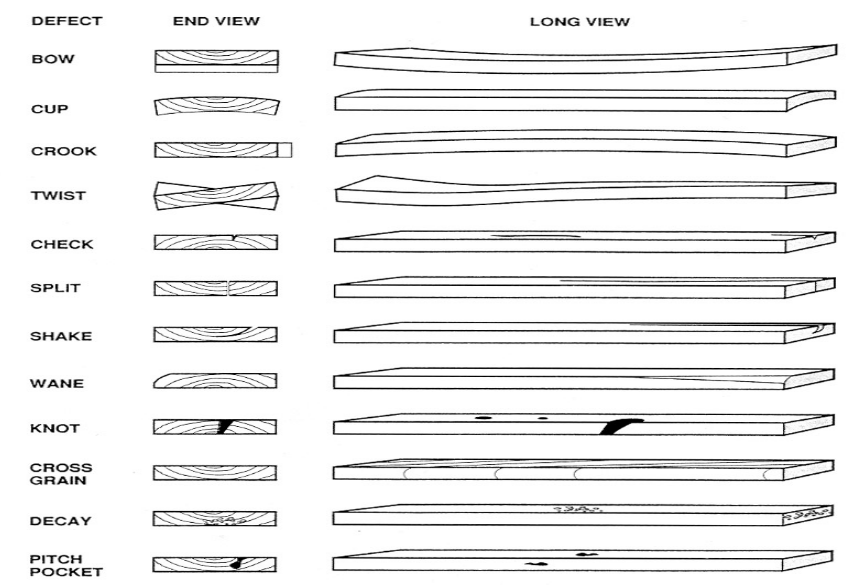
In the Europe quality standard, up bowing 1% of the length is the maximum of the manufactured floor. And down bowing is not acceptable.
Make sure to buy from a quality supplier to avoid that problem. Visit the factory before placing your orders, and make sure each step of their production is under QC system.
Saving money on the most inexpensive flooring upfront usually just requires replacing it in 4-5 years or less.




